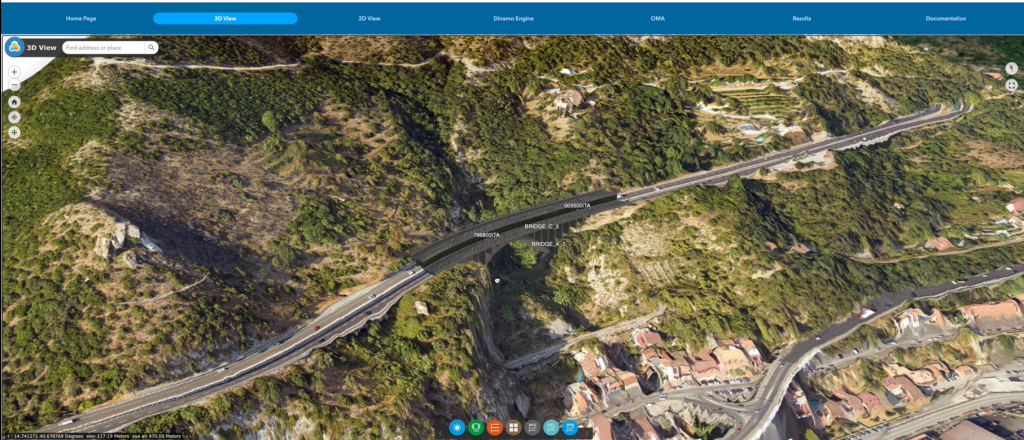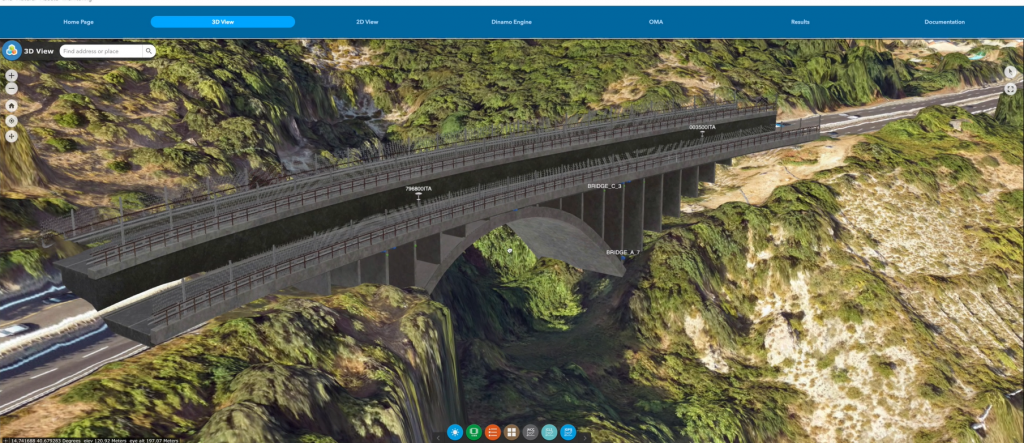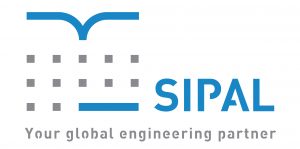
The increasing need to constantly monitor critical infrastructures goes hand in hand with the need to use efficient and effective technologies for preventing catastrophe due to natural hazard or structural failure. Infrastructures, like bridges and viaducts, are rightly monitored during their construction, to measure the reaction of the infrastructure to various stress factors. In the field of static monitoring, satellite data analysis is now the new frontier of “static” environmental monitoring and design support.
DINAMO is an integrated dynamic and static monitoring solution supported by Earth Observation data (SAR and optical imagery), GNSS systems with a network of wireless sensors, hybrid telecommunications systems (satcom) and geographical information systems (GIS).
It’s a multi-sensor, multi-temporal working tool for detecting and giving early warning of possible structural failures, designed with a view to providing a solution to the increasing need for reliable, durable tools for continually monitoring bridges and viaducts.





